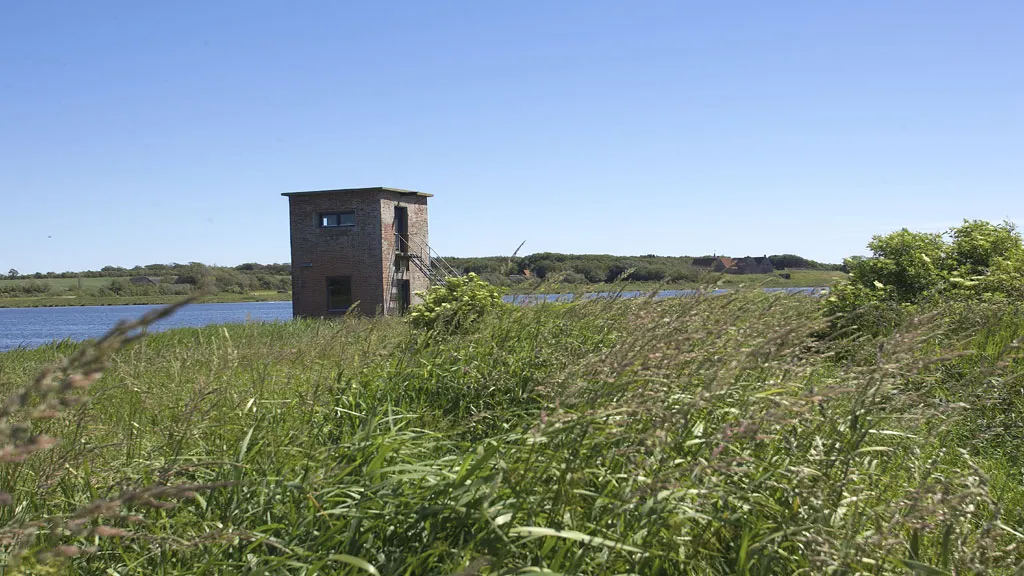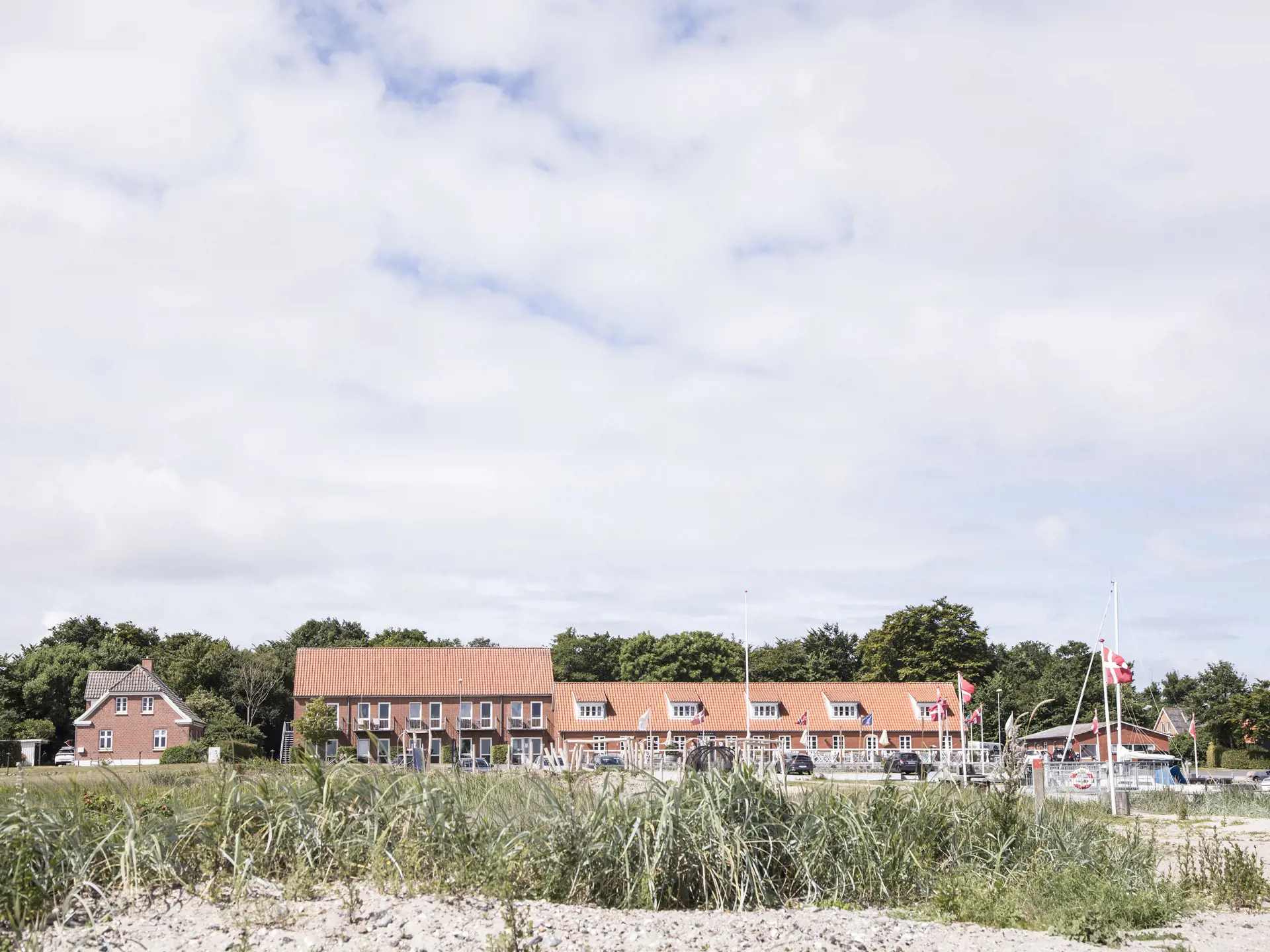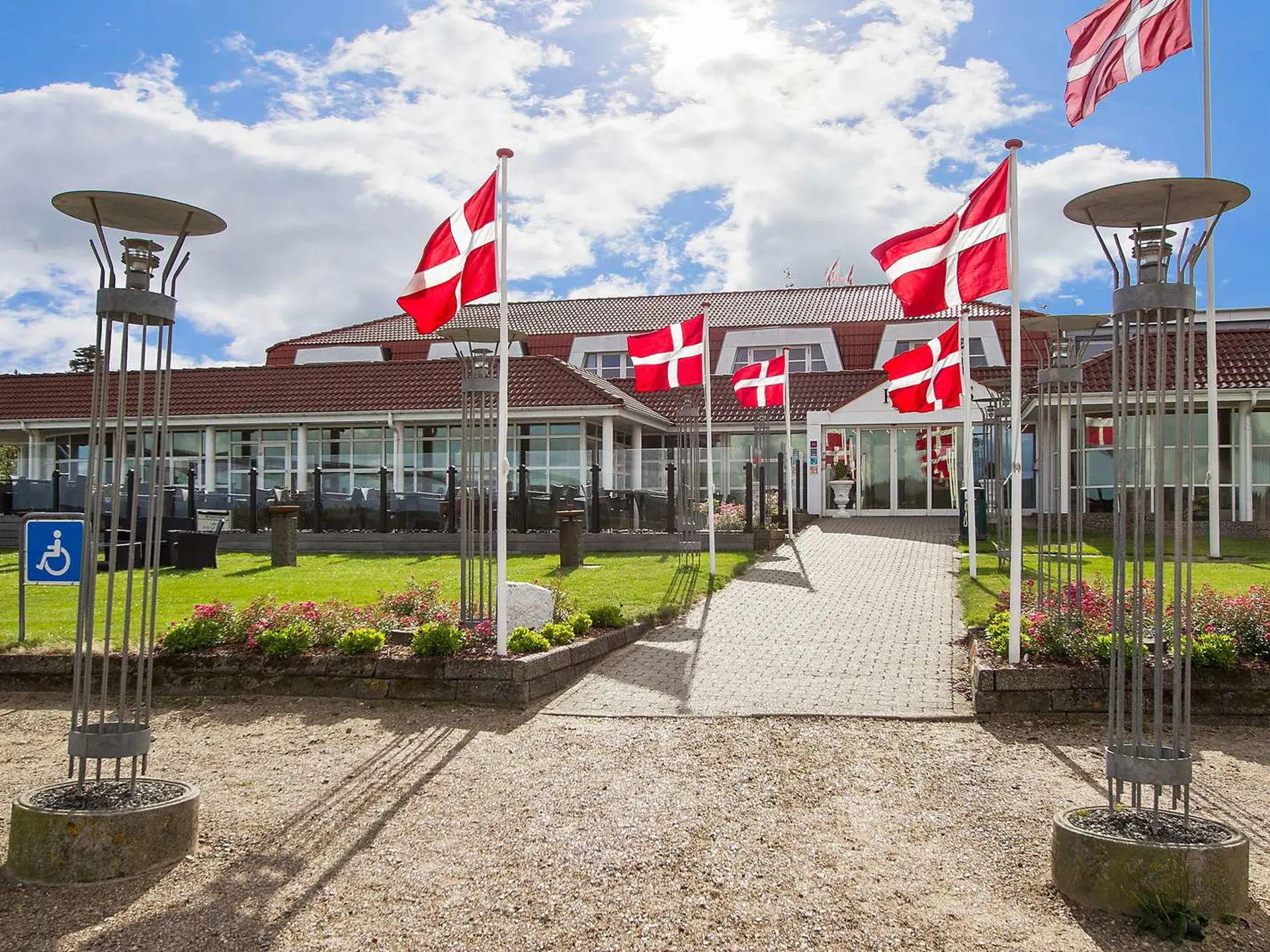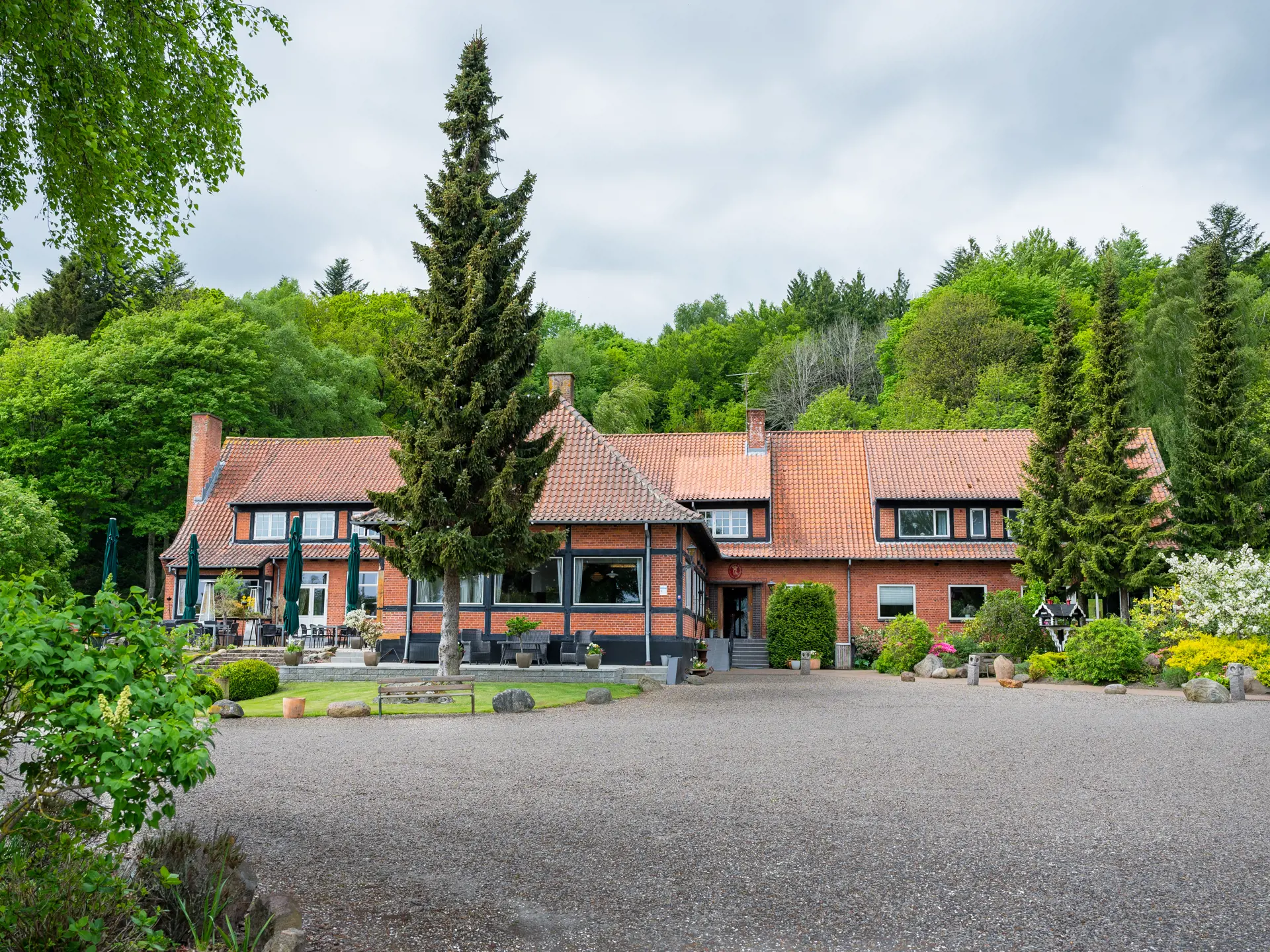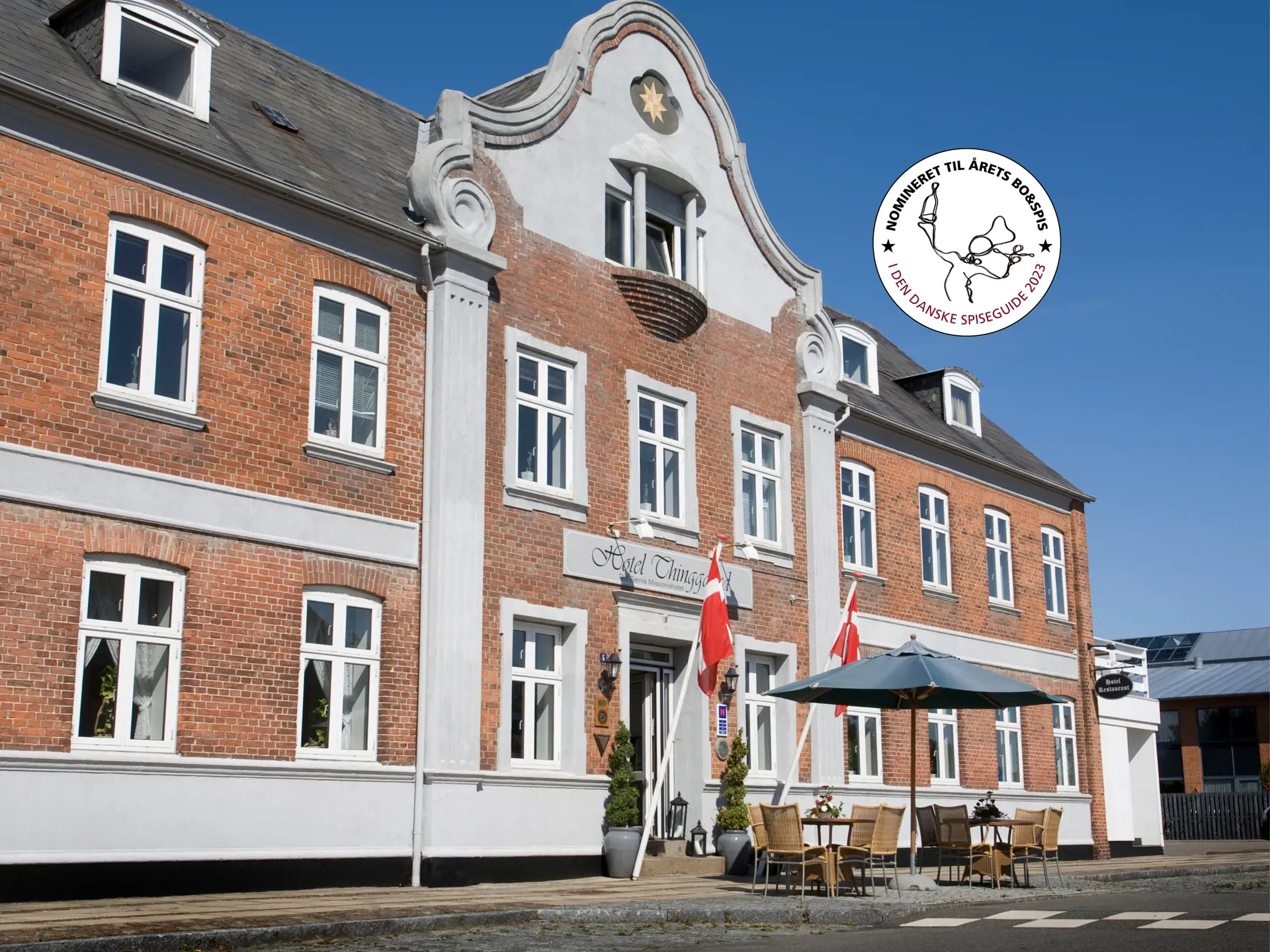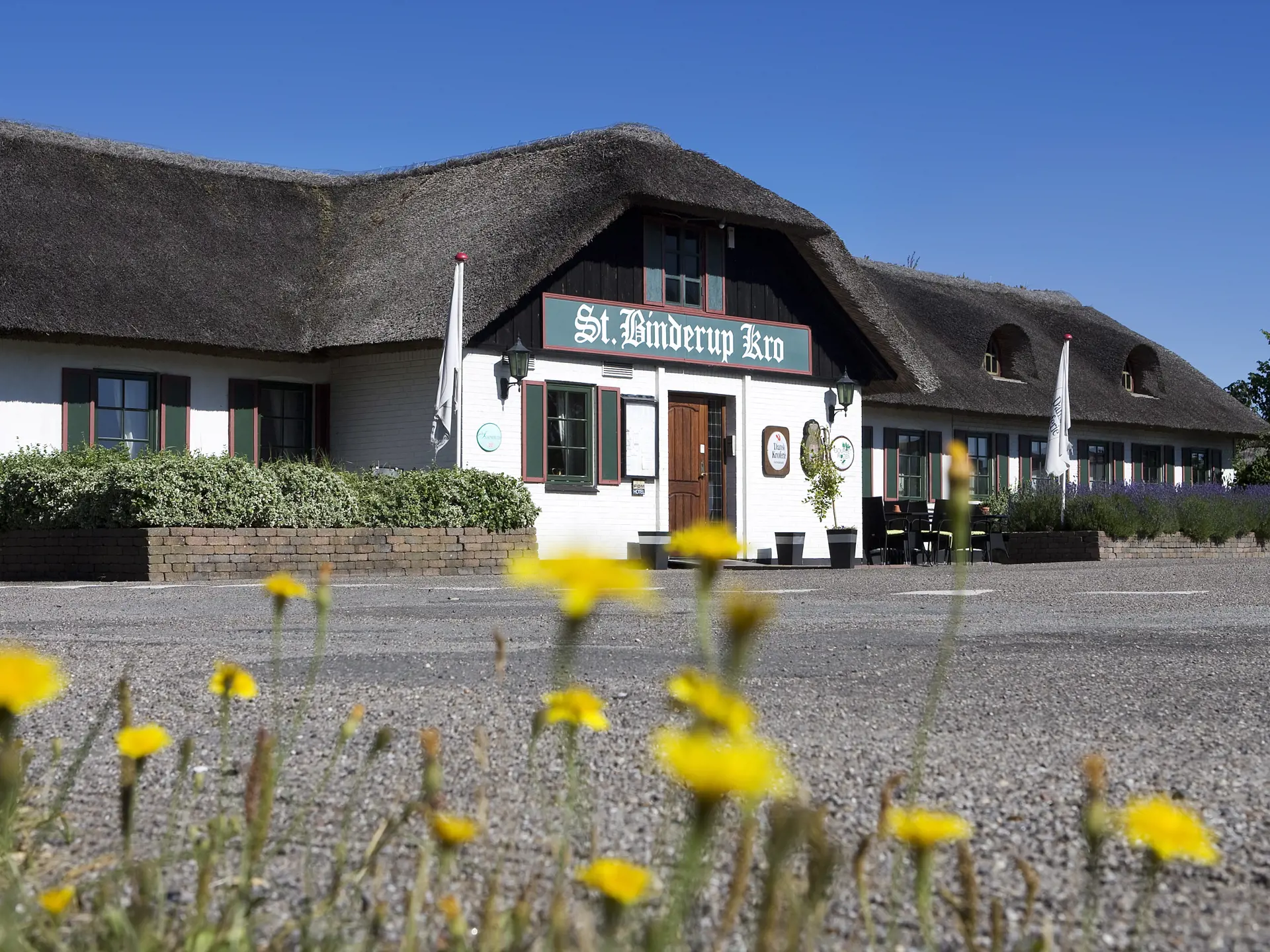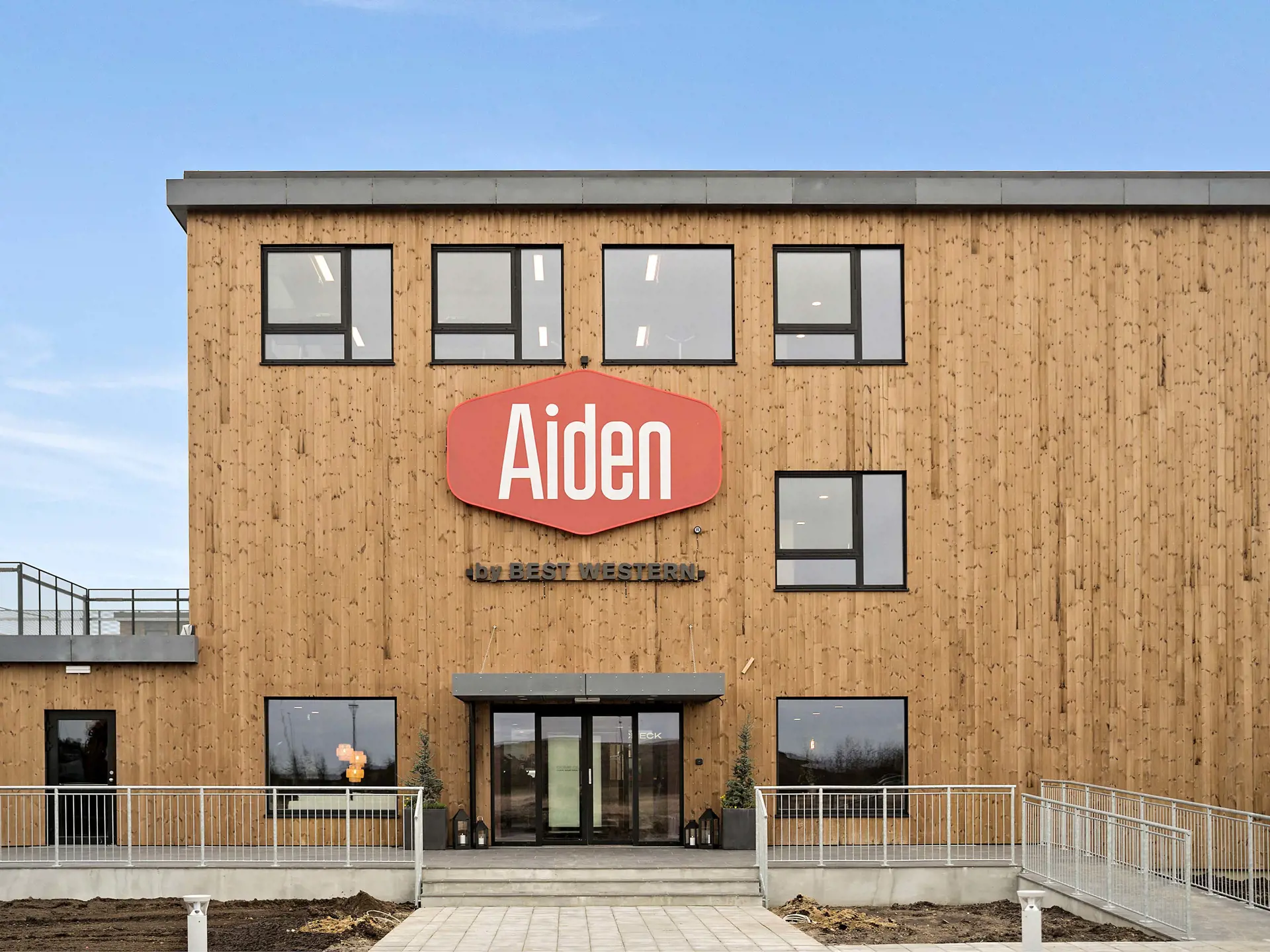Spøttrup Brook feeds Spøttrup Lake, whose water flows into the fjord section known as Kås Cove. The lake was formed during the Stone Age, and in the Middle Ages it became part of the defensive system of Spøttrup Castle, while also providing local families with fish. In the 19th century, the lake was drained to create more farmland. However, the Limfjord repeatedly broke through the dikes and flooded the fields with saltwater. Eventually, it became too expensive to keep the area drained, and in 1994, a decision was made to restore the lake as a natural habitat.
Boating is not allowed at any time of year, and to protect the wildlife, hunting is prohibited on the lake and surrounding meadows.
The balanced mix of water and meadows attracts a wide variety of waterbirds. The most common breeding birds include greylag goose, great crested grebe, tufted duck, coot, and lapwing.
In late summer and autumn, large flocks of waders – especially lapwings and golden plovers – are recorded, often numbering in the hundreds. Many ruffs also stop over here during spring and autumn migration.
The lake’s water is relatively clear, and the plant life is diverse. Among the species growing here are common reed, bulrush, floating sweet-grass, water knotweed, and spiked water-milfoil. The underwater plants support a rich insect life, which serves as food for waterbirds and their chicks. The fish in the lake also feed on these insects and survive the winter in deeper areas that do not freeze to the bottom.
Spøttrup Castle receives around 50,000 visitors annually, many of whom enjoy the view over the lake from the castle grounds. Visitors often explore the nature exhibition and take a walk in the surrounding area.
In the so-called Polish Barracks, there is an exhibition about the lake’s restoration and the bird species that live here. The building got its name from its former use as housing for Polish farm workers employed on the castle’s estate.
The former pumping station has been preserved as a cultural heritage site and now serves as a birdwatching tower and exhibition space. Here, visitors can find posters presenting the various bird species found in the area.

